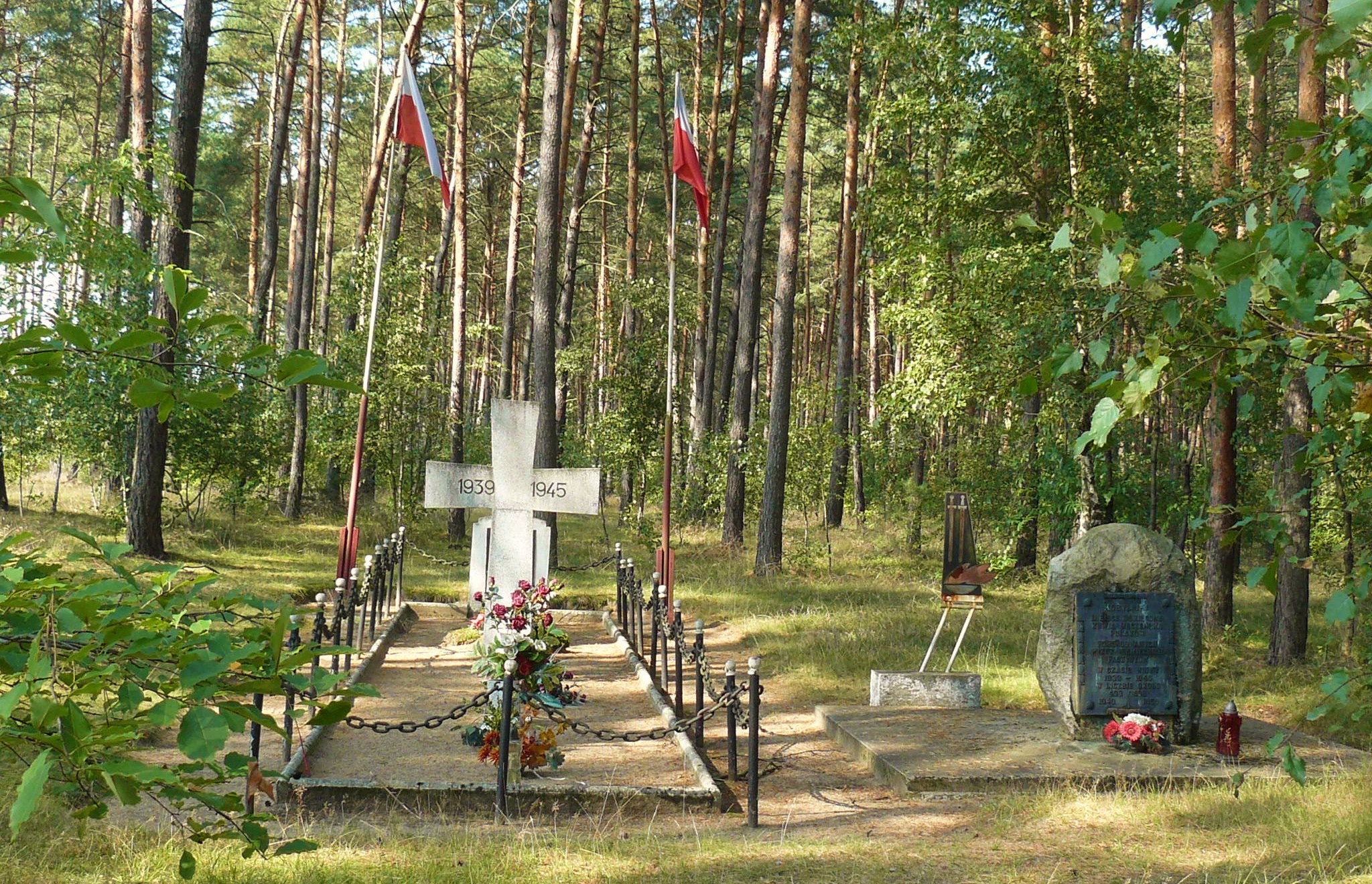Kobylniki, Szamotuły County on:
[Wikipedia]
[Google]
[Amazon]
Kobylniki is a
 Kobylniki was mentioned in 1218 as a possession of the
Kobylniki was mentioned in 1218 as a possession of the
Villages in Szamotuły County Nazi war crimes in Poland {{Szamotuły-geo-stub
village
A village is a clustered human settlement or community, larger than a hamlet but smaller than a town (although the word is often used to describe both hamlets and smaller towns), with a population typically ranging from a few hundred to ...
in the administrative district of Gmina Obrzycko
__NOTOC__
Gmina Obrzycko is a rural gmina (administrative district) in Szamotuły County, Greater Poland Voivodeship, in west-central Poland. Its seat is the town of Obrzycko, although the town is not part of the territory of the gmina.
The gmin ...
, within Szamotuły County
__NOTOC__
Szamotuły County ( pl, powiat szamotulski) is a unit of territorial administration and local government (powiat) in Greater Poland Voivodeship, west-central Poland. It came into existence on January 1, 1999, as a result of the Polish lo ...
, Greater Poland Voivodeship
Greater Poland Voivodeship ( pl, Województwo wielkopolskie; ), also known as Wielkopolska Voivodeship, Wielkopolska Province, or Greater Poland Province, is a voivodeship, or province, in west-central Poland. It was created on 1 January 1999 o ...
, in west-central Poland. It lies approximately south of Obrzycko
Obrzycko (german: Obersitzko) is a town in Szamotuły County, Greater Poland Voivodeship, Poland, with 2,172 inhabitants (2004).
Nearby municipalities include Wronki, Ostroróg, and Szamotuły.
History
As part of the region of Greater Polan ...
, north of Szamotuły
Szamotuły (german: Samter) is a town in western Poland, in Greater Poland Voivodeship, about northwest of the centre of Poznań. It is the seat of Szamotuły County and of the smaller administrative district Gmina Szamotuły. The population was ...
, and north-west of the regional capital Poznań
Poznań () is a city on the River Warta in west-central Poland, within the Greater Poland region. The city is an important cultural and business centre, and one of Poland's most populous regions with many regional customs such as Saint John ...
.
The landmark of Kobylniki is the Neo-Renaissance
Renaissance Revival architecture (sometimes referred to as "Neo-Renaissance") is a group of 19th century architectural revival styles which were neither Greek Revival nor Gothic Revival but which instead drew inspiration from a wide range o ...
Kobylniki Palace, designed by Zygmunt Gorgolewski
Zygmunt Gorgolewski (14 February 1845 in Solec – 6 July 1903 in Lviv) was a Polish architect, renowned for his construction of the Grand Theatre in Lviv. Jakub Lewiński. ''Między tradycją, a nowoczesnością; Architektura Lwowa lat ...
and built for the Twardowski family.
History
Cistercian
The Cistercians, () officially the Order of Cistercians ( la, (Sacer) Ordo Cisterciensis, abbreviated as OCist or SOCist), are a Catholic religious order of monks and nuns that branched off from the Benedictines and follow the Rule of Saint ...
monastery Łekno, and later it was a private village of Polish nobility
The ''szlachta'' (Polish: endonym, Lithuanian: šlėkta) were the noble estate of the realm in the Kingdom of Poland, the Grand Duchy of Lithuania, and the Polish–Lithuanian Commonwealth who, as a class, had the dominating position in the ...
, administratively located in the Poznań County in the Poznań Voivodeship
Poznań Voivodeship was the name of several former administrative regions (''województwo'', rendered as ''voivodeship'' and usually translated as "province") in Poland, centered on the city of Poznań, although the exact boundaries changed over t ...
in the Greater Poland Province of the Kingdom of Poland.
During the German occupation of Poland
German(s) may refer to:
* Germany (of or related to)
**Germania (historical use)
* Germans, citizens of Germany, people of German ancestry, or native speakers of the German language
** For citizens of Germany, see also German nationality law
**Ger ...
(World War II
World War II or the Second World War, often abbreviated as WWII or WW2, was a world war that lasted from 1939 to 1945. It involved the vast majority of the world's countries—including all of the great powers—forming two opposin ...
), the forest of Kobylniki was the site of large massacres of Poles
Poles,, ; singular masculine: ''Polak'', singular feminine: ''Polka'' or Polish people, are a West Slavic nation and ethnic group, who share a common history, culture, the Polish language and are identified with the country of Poland in Ce ...
from nearby towns and villages, carried out by the Germans. There is a memorial at the site. During the ''Intelligenzaktion
The ''Intelligenzaktion'' (), or the Intelligentsia mass shootings, was a series of mass murders which was committed against the Polish intelligentsia (teachers, priests, physicians, and other prominent members of Polish society) early in the ...
'', Poles from Kobylniki were also murdered in Kościan
Kościan (german: Kosten) is a town on the Obra canal in west-central Poland, with a population of 23 952 inhabitants as of June 2014. Situated in the Greater Poland Voivodeship (since 1999), previously in Leszno Voivodeship (1975–1998), it i ...
and the Mauthausen concentration camp
Mauthausen was a Nazi concentration camp on a hill above the market town of Mauthausen, Upper Austria, Mauthausen (roughly east of Linz), Upper Austria. It was the main camp of a group with List of subcamps of Mauthausen, nearly 100 further ...
.Wardzyńska, p. 198, 231-232
References
Villages in Szamotuły County Nazi war crimes in Poland {{Szamotuły-geo-stub